As Africa’s youngest nation, South Sudan adopted its national flag upon gaining independence in 2011. This emblem symbolizes the country’s hard-fought freedom and complex identity, shaped through decades of struggle.
Despite the challenges South Sudan continues to face—particularly around national identity, ongoing conflict, and economic hardship—the South Sudan flag remains an enduring and popular symbol. It represents the people’s hope for a more stable and prosperous future.
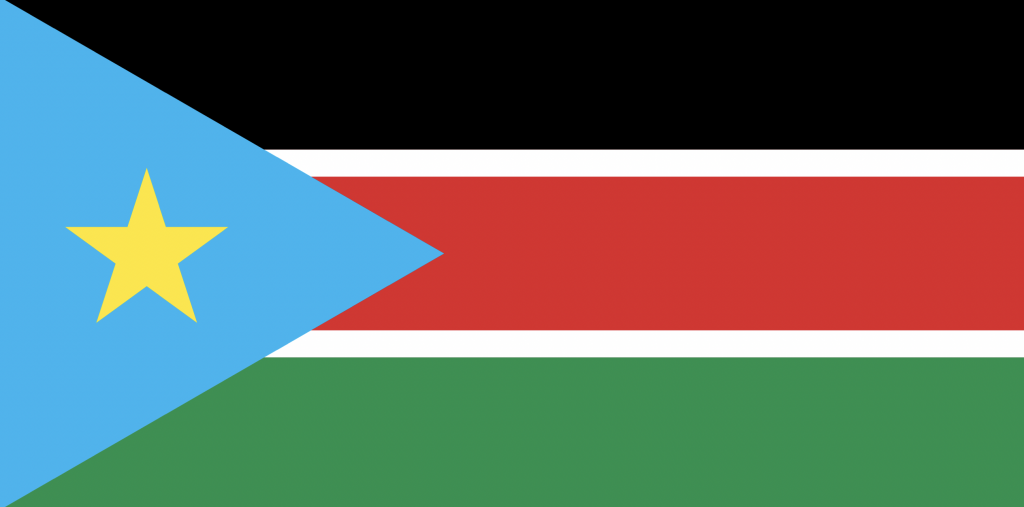
The South Sudanese flag is known for its striking design, incorporating bold colours and meaningful symbolism to represent a nation striving for unity amidst adversity. With elements that echo both the Sudanese and Kenyan flags, this acknowledges South Sudan’s ties to its neighbours, while asserting its own identity.
Here’s an outline of how South Sudan’s current flag came to be, the banners that represented the region before it became independent, and the meaning behind the flag’s different design elements.
Flags used in South Sudan before independence:
South Sudan was controlled by various regimes as part of Sudan under British-Egyptian rule until Sudan’s independence in 1956. During this period, the first modern flags were flown in the territory which would become South Sudan. On government buildings, the standard British and Egyptian flags were used during the condominium, which lasted from 1899 to 1956.
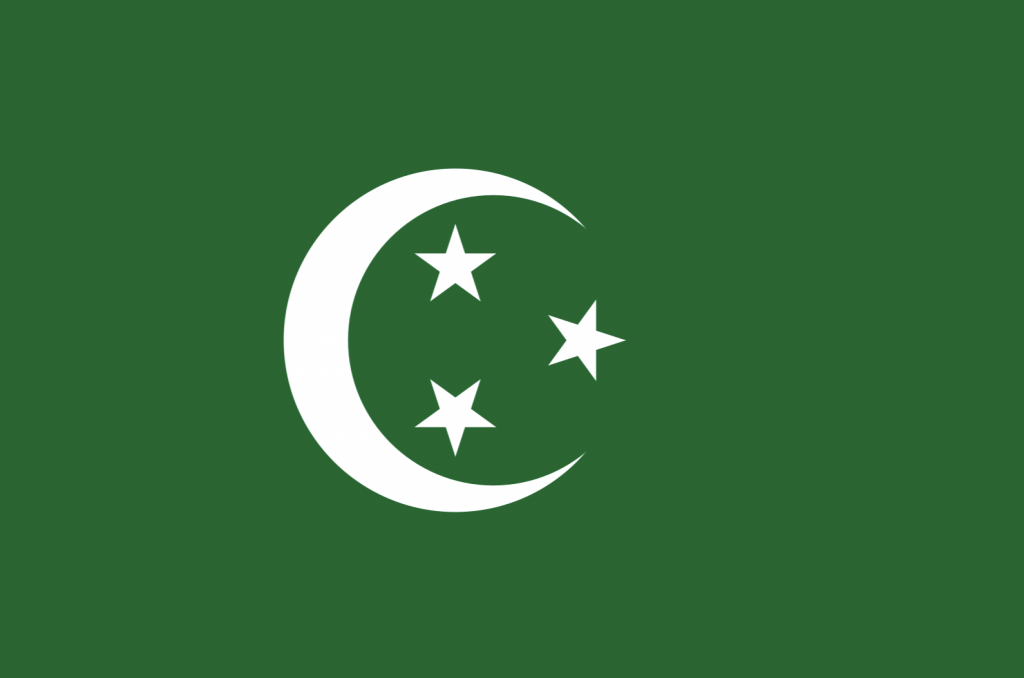
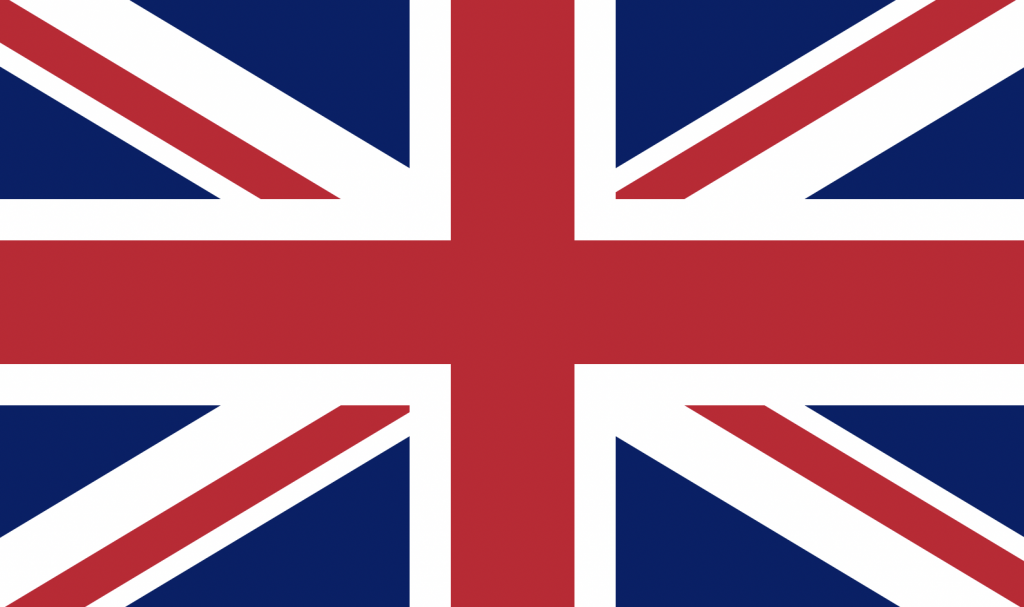
Following independence, Sudan, governing from Khartoum in the north, controlled the south in a relationship that was always tumultuous. Almost as soon as Sudan became self-governing, the country became embroiled in a civil war that would last for nearly five decades.
The South’s abundant natural resources, especially its oil reserves, were a focal point of struggle. However, these tensions were intensified by a lack of political representation for the predominantly Christian, Sub-Saharan South, within a country governed largely by a Muslim, ethnically Arab population in the North. This disparity created a deep divide, with each side feeling alienated from the other politically and culturally.
During Sudanese rule, the use of flags throughout the country came to represent the North’s dominance, and disregard of the South’s own culture and symbols. Only the Flag of Sudan was flown in the South, with the North claiming that this was to promote national unity.
From independence until 1970, Sudan’s use of a blue-yellow-green vertical tricolour as its national flag was seen as inoffensive by many Southerners. This was because its symbolism – representing the River Nile, Sahara, and farmlands, respectively – was culturally neutral and expressed resources that were also important in Southern Sudan.
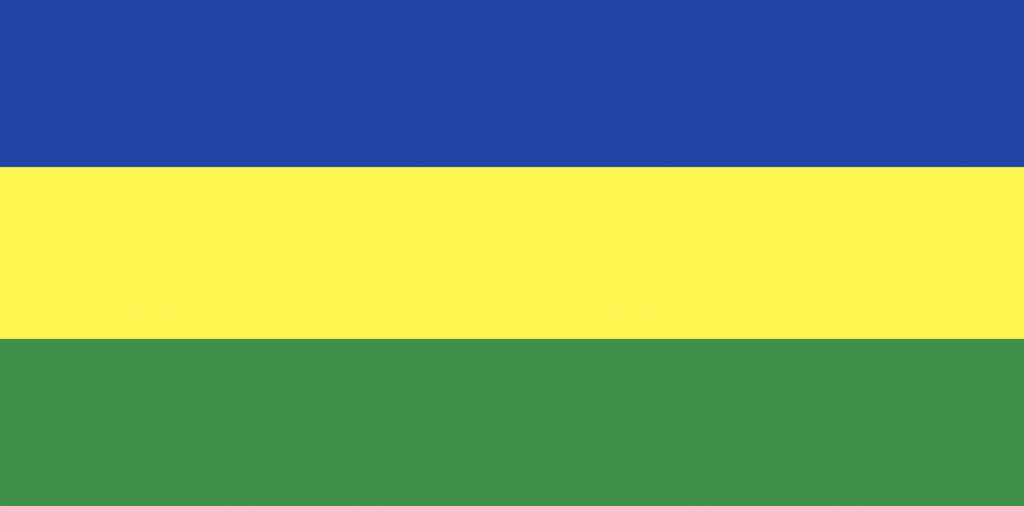
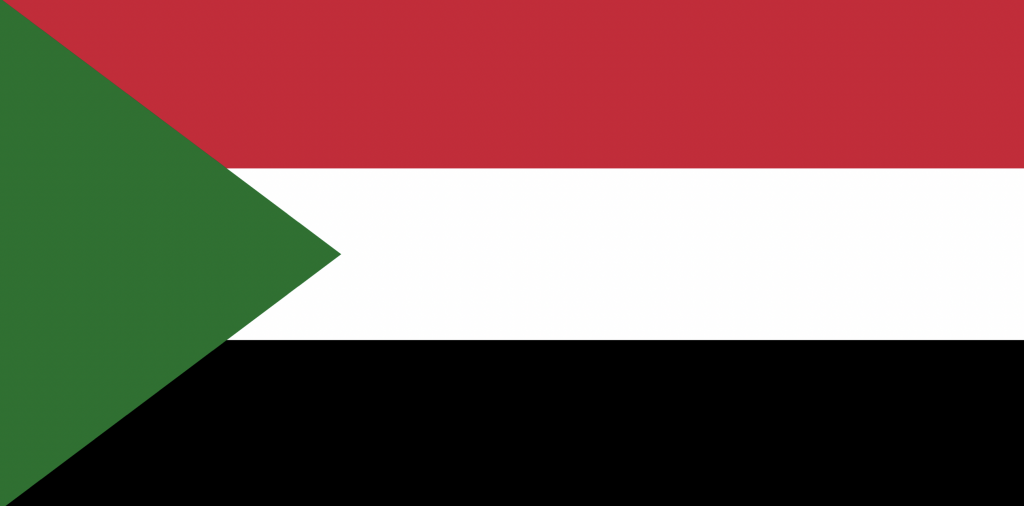
However, following a military coup in 1969, the flag was changed to focus only on the country’s Arab identity. A pan-Arab colour scheme was used, and the flag’s green was now explicitly linked to Islam. Especially at this point, the national flag of Sudan became a point of contention, representing the symbols of a power seen as oppressive and foreign.
The adoption of a national flag:
The Sudan People’s Liberation Army (SPLA), the main armed group fighting for South Sudanese independence from the central government, established the Sudan People’s Liberation Movement (SPLM) as its political branch in 1983. Although created as a distinct entity, the SPLM functioned so closely with the SPLA that the two were often regarded as a single organization.
This is significant, as the SPLM used a banner that, with a few minor adjustments, would go on to become the Flag of South Sudan.
Following decades of civil war – which had now become the longest in Africa – a peace agreement was signed in 2005 between the SPLM and the Sudanese Government. An autonomous government was established, and a referendum on South Sudanese independence was scheduled for 2011.
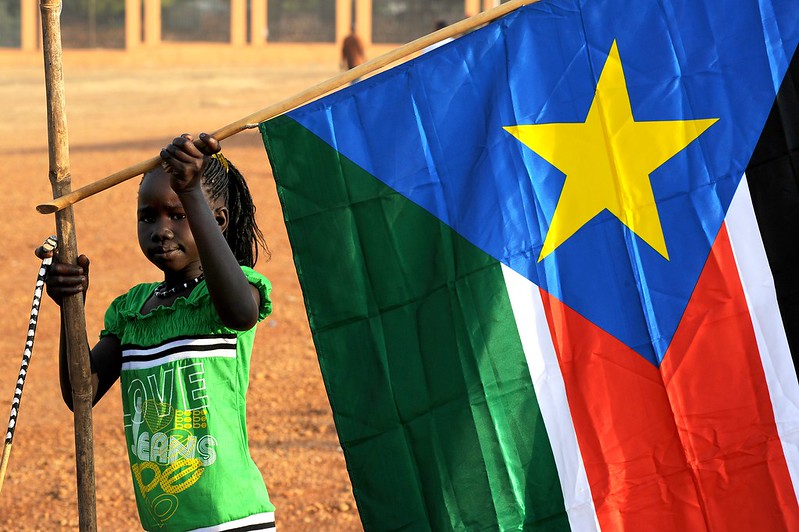
As part of the autonomous government being created, a South Sudanese Flag was officially designated for the first time. With the SPLM in control of the devolved administration, their party flag was designated as the provincial flag of Southern Sudan.
In 2011, the people of South Sudan voted overwhelmingly in favor of independence and opted to retain the SPLM flag as the new national emblem, with only a slight change to the shade of blue. Despite political infighting within the SPLM and governance challenges that have plagued South Sudan since its independence, the flag remains widely admired and is flown proudly throughout the country.
The symbolism of the South Sudanese Flag:
As well as being a visually striking symbol, each component of the South Sudan Flag holds specific symbolism. These reflect both South Sudan’s past struggles, present realities, and hopes for the future.
- Black: Represents the South Sudanese and African people.
- White: Symbolizes peace, which remains a central aspiration for the young nation despite its recent history.
- Red: This is for the bloodshed in the long struggle for independence from Sudan.
- Green: Reflects the rich agricultural land and natural resources of South Sudan. Most people still survive on sustainable agriculture, making it essential to the country’s economy and cultural heritage.
- Blue Triangle: Represents the Nile River, a vital source of life, sustenance, and unity for the South Sudanese.
- Yellow Star: To demonstrate the unity and cohesive national identity among the country’s dozens of diverse ethnic groups and communities.
Experience South Sudan with Young Pioneer Tours:
Young Pioneer Tours has been coming to South Sudan (almost) since it became a country, which gives us a unique insight into the nation’s culture, history, and natural beauty firsthand.
Our South Sudan tours take travellers deep into the vibrant life of Juba, provide unique interactions with tribal communities, and showcase some of Africa’s most remote and untouched landscapes.
With experienced local guides and years of firsthand knowledge, we ensure a safe journey while offering a firsthand look into the challenges and triumphs of this resilient young nation.
We offer our South Sudan Budget Tours multiple times a year, along with longer, more in-depth explorations of the country. However, if you’re looking for something more personalized, or if our scheduled tour dates don’t align with your plans, we can also arrange a private tour for you. Just get in touch with our team, and we’ll help create your ideal journey through South Sudan!





